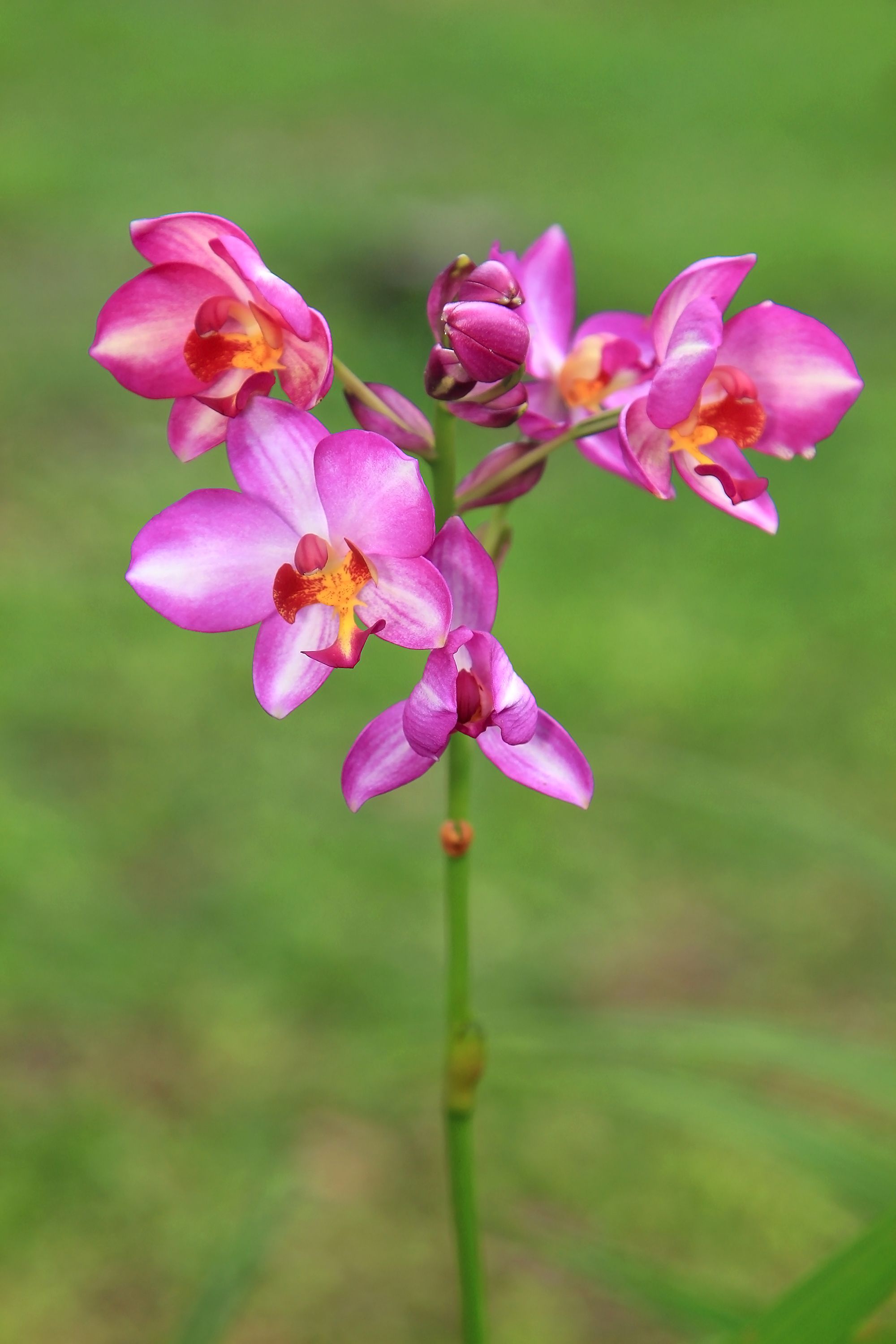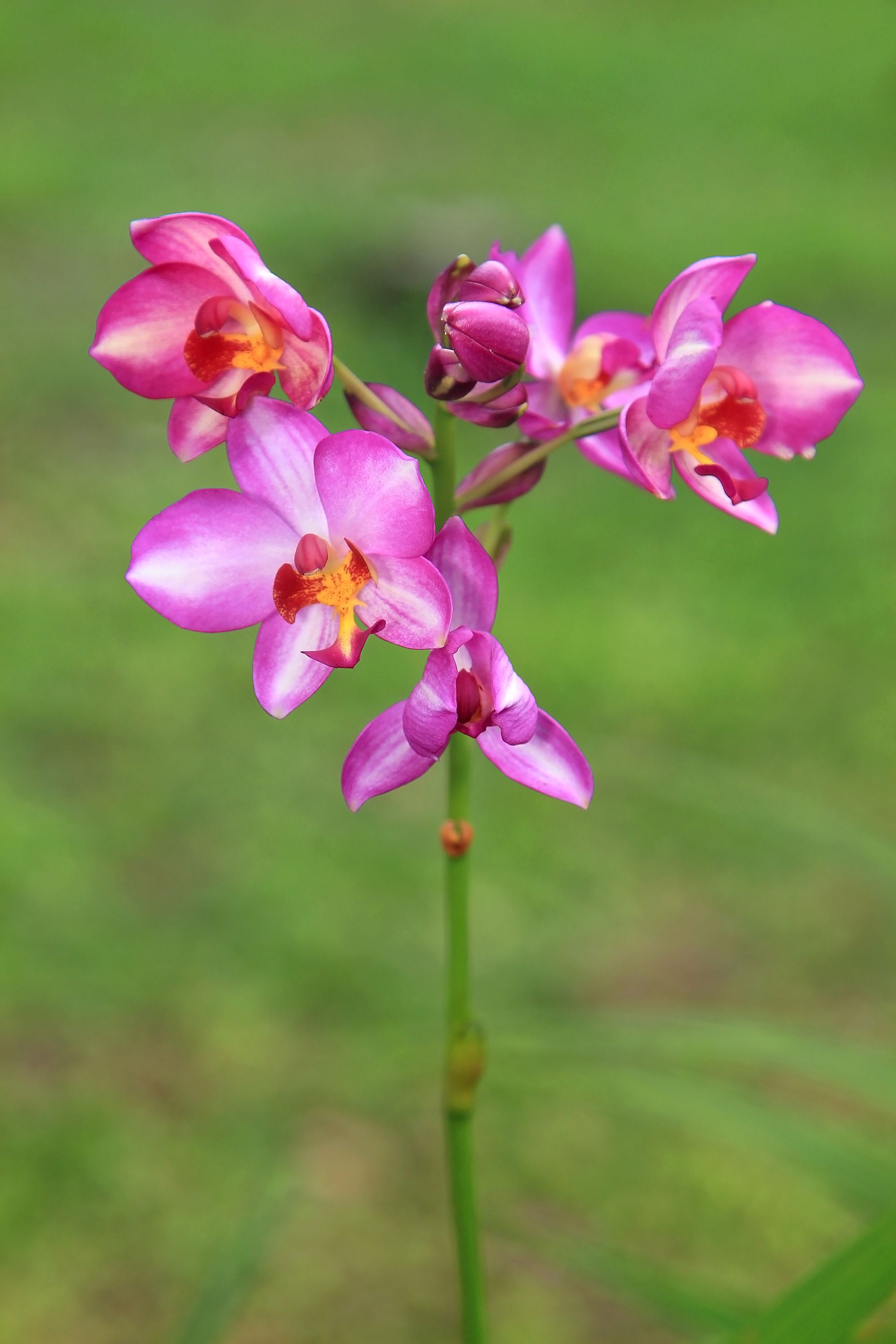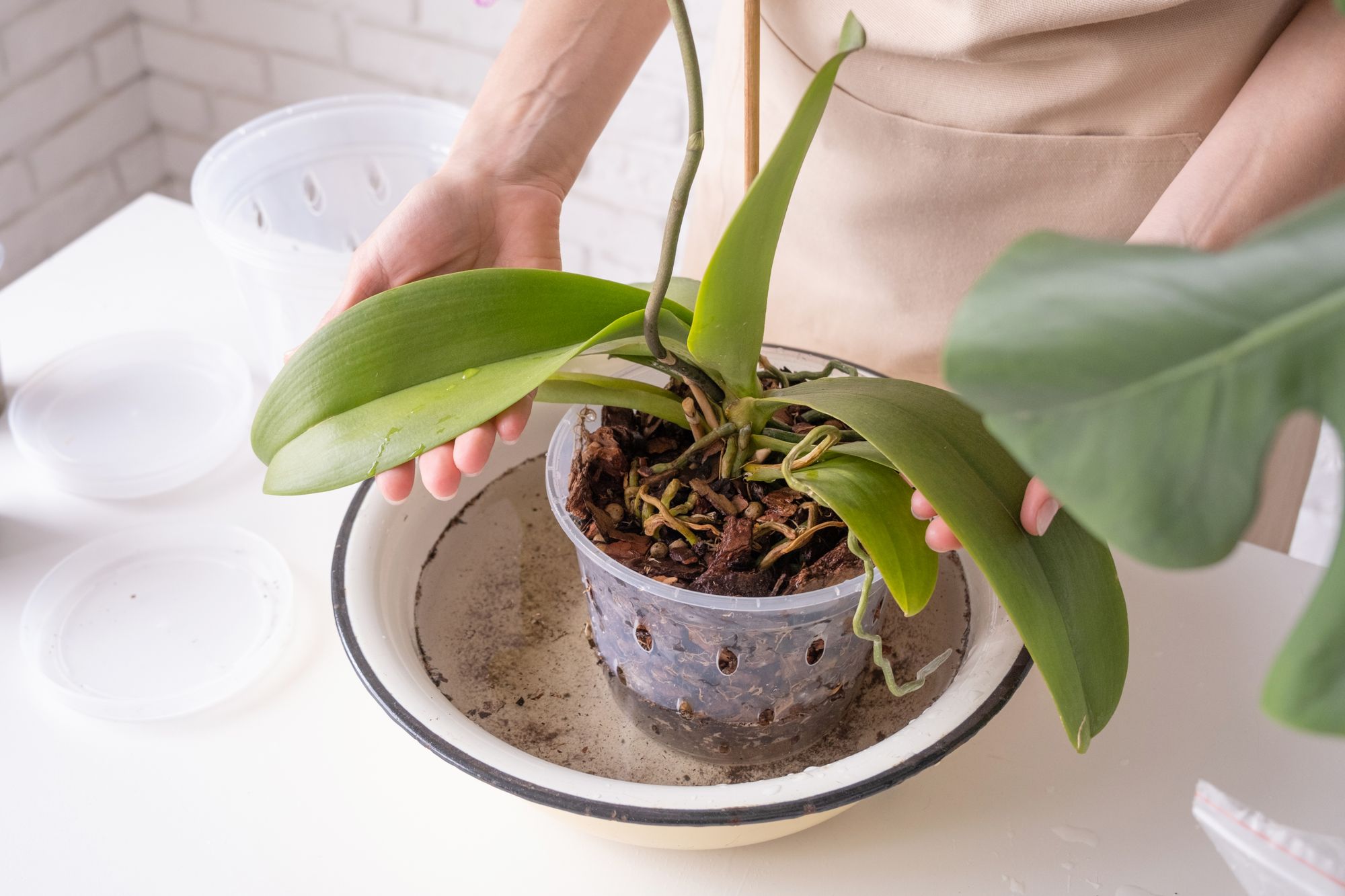What Is the Best Fertilizer for Orchids?
The orchids in your home require special care and attention, including the right type of fertilizer. With so many options available, it can be challenging to determine the best fertilizer for your orchids. In this post, we find out what is the best fertilizer for orchids.

The orchids in your home require special care and attention, including the right type of fertilizer. With so many options available, it can be challenging to determine the best fertilizer for your orchids. In this post, we find out what is the best fertilizer for orchids.
Choosing the right fertilizer is essential for the healthy growth and development of orchids. It provides the necessary nutrients to support the plant's growth, improve its overall health, and enhance its blooms. But not all fertilizers are created equal, and some may even harm the plant if used incorrectly. This means that it is crucial to understand the different types of fertilizers available and their benefits and drawbacks before you pick one.

Finding the best fertilizer for orchids can be an overwhelming task, but with the right knowledge and guidance, it can set you up for success. By understanding the plant's needs and the various types of fertilizers available, orchid enthusiasts can ensure their plants thrive and produce beautiful blooms year after year.
Understanding Orchids' Nutritional Needs
Orchids are beautiful and delicate plants that require proper care and nutrition to thrive. Understanding their nutritional needs is crucial to ensure their growth and development.
Like many other plants, orchids require three primary macronutrients: nitrogen (N), phosphorus (P), and potassium (K). These macronutrients are essential for the plant's growth and development. Nitrogen helps in the formation of leaves and stems, phosphorus helps in root development and flowering, and potassium helps in overall plant health and disease resistance.
In addition to macronutrients, orchids also require micronutrients such as iron, magnesium, and calcium. These micronutrients play a vital role in the plant's growth and development and are essential for their overall health.
Your orchids need a balanced fertilizer that contains all the necessary macronutrients and micronutrients. Overfertilizing or underfertilizing can lead to nutrient deficiencies or toxicities, which can harm your plant's growth and development.
It is recommended to fertilize orchids once a month during the growing season and reduce or stop fertilizing during the dormant season. Diluting the fertilizer to half strength is also recommended to prevent nutrient burn.
As an orchid enthusiast, it is important to understand the nutritional needs of your plant friends to ensure their growth and development. Providing them with a balanced fertilizer containing all the necessary macronutrients and micronutrients in the right amounts can help them thrive and produce beautiful blooms.
Best Types of Fertilizer for Orchids
As I explained earlier, one of the essential components of caring for orchids is providing them with the right type of fertilizer. There are two primary types of fertilizers for orchids: organic and inorganic.
Organic Fertilizers
Organic fertilizers are made from natural materials and are an excellent choice for those who prefer an all-natural approach to gardening. Some of the best organic fertilizers for orchids include:
- Fish emulsion: This fertilizer is made from fish waste and is an excellent source of nitrogen, phosphorus, and potassium.
- Bone meal: This slow-release fertilizer is made from ground bones and is rich in phosphorus, which is essential for orchid growth.
- Compost tea: This fertilizer is made by steeping compost in water and is an excellent source of nutrients for orchids.
Inorganic Fertilizers
Inorganic fertilizers are made from synthetic materials and are often more convenient to use than organic fertilizers. Some of the best inorganic fertilizers for orchids include:
- 20-20-20: This balanced fertilizer contains equal parts of nitrogen, phosphorus, and potassium and is suitable for most orchids.
- 30-10-10: This high-nitrogen fertilizer (first number) is ideal for orchids that require a lot of growth, such as those that are still developing roots or leaves.
- Slow-release fertilizers: These fertilizers release nutrients over an extended period, reducing the need for frequent applications.
When selecting a fertilizer for orchids, choose one that meets the specific needs of your plant. Whether you prefer organic or inorganic fertilizers, there are plenty of options available that can help your orchid thrive.
Factors to Consider When Choosing an Orchid Fertilizer
When it comes to choosing the best fertilizer for orchids, there are several factors to consider. In this section, I go over three main factors that you should keep in mind when picking an orchid fertilizer. These factors include (1) the orchid species, (2) growing conditions, and (3) fertilizer composition.

Orchid Species
Different orchid species have varying nutritional requirements, and it is vital to choose a fertilizer that is tailored to the specific needs of your orchid. For example, some orchids prefer a high-nitrogen fertilizer, while others require more phosphorus or potassium. Ask an expert for advice or do some research to find out the specific fertilizer needs of your orchid species.
Growing Conditions
The growing conditions of your orchid can also affect the type of fertilizer you should use. Factors such as light intensity, temperature, humidity, and water quality can all impact the absorption of nutrients by your orchid. For example, orchids grown in low light conditions may require a different type of fertilizer than those grown in bright, direct sunlight. Take these factors into account when you choose a fertilizer for your orchid.
Fertilizer Composition
The composition of the fertilizer is another critical element to consider. Orchid fertilizers typically come in two types: liquid and granular. Liquid fertilizers are fast-acting and are absorbed quickly by the orchid, while granular fertilizers release nutrients slowly over time. You should also consider the N-P-K ratio of the fertilizer. This ratio describes the percentage of nitrogen, phosphorus, and potassium in the fertilizer. Orchids typically require a fertilizer with a higher ratio of nitrogen during the growing season and a higher ratio of phosphorus during the blooming season.
Let's recap what we discussed. When you are looking for the best fertilizer for your orchids, it is important to consider the specific needs of your orchid species, the growing conditions, and the fertilizer composition. By taking these factors into account, you can select a fertilizer that best fits your orchid, providing it with the nutrients it needs to thrive and bloom.
How to Apply Fertilizer to Orchids
Apply the fertilizer correctly to avoid damaging the plant. Let's look at a few tips on how to apply fertilizer to orchids:
1. Dilute the Fertilizer
Before applying the fertilizer, it is crucial to dilute it to avoid burning the roots of the orchid. Follow the instructions on the fertilizer package to figure out the correct dilution rate. In general, a quarter to half-strength dilution is recommended for orchids.
2. Water the Orchid First
Water the orchid thoroughly before applying the fertilizer. This will help prevent the roots from absorbing too much fertilizer and getting burned.
3. Apply the Fertilizer
Apply the diluted fertilizer to the orchid's soil, making sure to avoid getting any on the leaves or flowers. Use a watering can or spray bottle to apply the fertilizer evenly.
4. Repeat Regularly
Fertilize the orchid every two to four weeks during the growing season, which is typically from spring to fall. During the winter months, reduce the frequency to once a month or stop altogether.
By following these simple steps, you ensure that your orchids receive the right amount of nutrients without causing any damage.
Common Mistakes in Fertilizing Orchids
Fertilizing orchids isn't complicated, but it's easy to make mistakes that can damage your plants. In what follows, I list several common mistakes people make when fertilizing their orchids:
Over-Fertilizing
Over-fertilizing orchids is a common mistake. It can cause root burn and damage the delicate roots of the orchid. It can also lead to salt buildup in the soil, which can be harmful to the plant.
Avoid over-fertilizing by following the instructions of the manufacturer. Most orchid fertilizers recommend diluting the fertilizer to half strength and applying it every two weeks during the growing season. During the dormant season, fertilizing should be reduced or stopped altogether as I mentioned earlier.
Under-Fertilizing
Under-fertilizing is also something to be mindful of. Orchids require regular fertilization to thrive, and if they aren't fertilized reguarly, they may not produce flowers or grow as well as they should.
You can easily avoid under-fertilizing by adopting a regular fertilization schedule and use a high-quality orchid fertilizer. Make sure the orchid is getting sufficient light. Without adequate lighting, the plant may not be able to use the nutrients in the fertilizer.
Using the Wrong Type of Fertilizer
Take some time to find the right fertilize for your orchids. As I explained this earlier, orchids require a fertilizer that is high in nitrogen during the growing season and low in nitrogen during the dormant season.
I strongly recommend to choose a fertilizer that is designed for orchids. These fertilizers have the right balance of macro- and micronutrients for orchids at different stages of growth.
Fertilizing During Repotting
During repotting, the orchid is in a delicate state and may not be able to handle the stress of fertilization. Wait at least two weeks after repotting before fertilizing the orchid. That gives the plant the time it needs to recover and it reduces the risk of damage from fertilization.